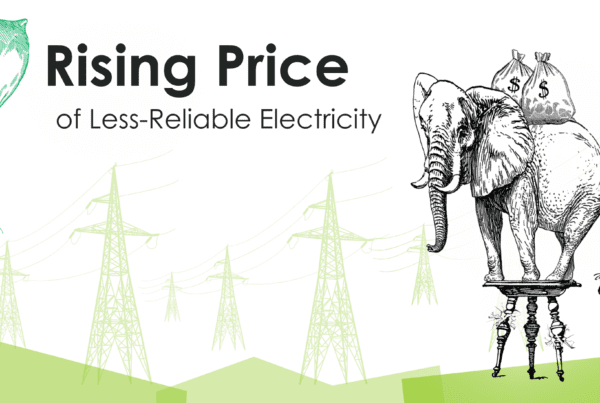
As I watched one of the bowl games on New Year’s Day (darned if I can remember which one), the team behind had possession of the ball around mid-field with maybe a minute to go on the clock to score a touchdown and win, or not and lose (behind by four points). Armchair QB advice: either throw the ball over the middle far enough downfield to be worth the time that will burn off the clock, or chip away with short out patterns to get out of bounds and stop the clock. So, what is the boneheaded call? A lateral pass to the right, which I, and the defense, immediately recognized as a trick play – and then a throw back all the way across the field to the quarterback who was promptly implanted into the soil by a linebacker for a five yard loss – and the clock burned. Although it was only third down, this extravagant trick play was read like a Dilbert strip by the defense, and it ended the game.
This reminds me of overly complex, bloated applications of technologies to save energy. As we approach the end of the widget (lighting and efficient equipment) era and the beginning of energy management, optimization, and smart everything era, we risk the same demise as the planted quarterback.
Last week, several occasions reminded me of this. The first one included a discussion regarding energy efficiency in agriculture. Solar-powered well pumps were mentioned. I immediately thought of the landscape left behind in my childhood, and the “technology” used by my grandparents’ generation for well pumping, shown nearby. These are still used in our area by the Amish, and although it’s been decades since I’ve driven across the open prairies and Big Sky Montana, I’m sure they are still very relevant. Using solar electricity for pumping seems like building a spaceship for work commuting.
Another case involved a conversation with a representative from a California utility in regard to combined heat and power applications. The representative worked in what could be described as a technology and applications incubator for new products and services. This was in response to the recent post, Combined Heat and Power Ins and Outs. As we shared backgrounds and things each company is working on, I made a realization similar to the well pump discussion.
The utility was in various stages of analyzing, developing, and/or testing a number of applications, most of which included some combinations of distributed generation, demand response, and combined heat and power. The description of every single initiative included, “There is no new or breakthrough technology here.” Rejoice and amen! It was all about applying old technologies, perhaps with some bleeding edge communication technology boost from say, the 20-year-old[1] internet.
Widgets may capture 30% of the savings potential in a commercial building and even less in an industrial facility. The big money, the goldmine, remains in the form of systems and controls optimization using 20-year-old or older technology.
Very, very few types of widgets work in isolation and effectively save energy to their full potential. A couple “automatics” that come to mind include refrigerators and lights. The savings of practically everything else can be diminished or completely lost by poor application and poor technology fit. For example, efficient boilers installed and controlled the way the old ones were: 150F water temperature. Efficiency? 85%, not the advertised 92%. Other widgets for which poor applications may save no energy include, uh, everything: chillers, variable frequency drives, control systems, envelop items, and air compressors to name a few.
Speaking of combined heat and power, I was emailing internally about a potentially great, widespread application for CHP (call for details). I learned that a separate operating CHP pilot project, comparable to the application I was suggesting, was not working well or meeting the end-user’s expectations. The reason? Poor application. There was not enough heating load to fully exploit the benefits of the CHP plant – not even close. If you go back to Combined Heat and Power Ins and Outs, I say in there loud and clear, “the plant is sized for the minimum need for heat” [to be cost effective]. Apparently this one was oversized and the generator could not produce near the anticipated power.
This isn’t the technology’s fault, but the end user may not see it that way. There is a heck of a lot more than fuel conversion rates (“spark spread”) to consider when analyzing an application for CHP. What quality of heat is needed (steam or hot water and at what temperature), and when is it needed (8,760 hours per year)? In a way, it is like renewable energy; first minimize all the heating loads, then apply CHP. Look at it this way; if demand for heat is higher than it should be in the summer, the facility is also likely to be consuming more electricity for cooling than is necessary. It isn’t cost effective to put in a CHP plant to generate electricity and heat that are both being wasted in the first place!!! Ponder that a while.
More to come.
[1] I’m talking the modern widely adopted internet, and not Al Gore’s internet dating back to the dawn of the jet engine.




